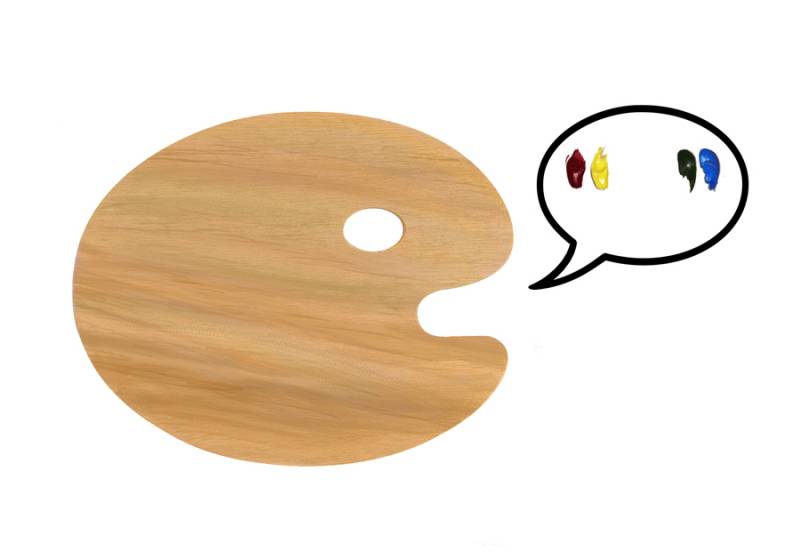 That I’m a contributor here on Muddy Colors continues to amuse me, quite honestly. I don’t consider myself to be the kind of person with a great deal of wisdom to share. Today’s post kind of reinforces that notion as rather than dispense my own wisdom, I choose instead to dispense some that I have collected from other people.
That I’m a contributor here on Muddy Colors continues to amuse me, quite honestly. I don’t consider myself to be the kind of person with a great deal of wisdom to share. Today’s post kind of reinforces that notion as rather than dispense my own wisdom, I choose instead to dispense some that I have collected from other people.
Now, there are many, many quotes about art and by artists that dwarf much of what I will share, but none of them were said to me or my friends directly. As true and insightful as those more lofty pontifications may be, they don’t have the flare of the personal. Instead of collecting more universal truisms, my brain decided long ago to latch onto things either myself or my friends have said or been told directly and hold those most dear. These quotations are but part of the lore of just a few, but I suspect they might be of use to some reading.
For your consideration, here are some things that have been said by some people.
Not Every Piece Is a Portfolio Piece
This was said to me by an art director/friend of mine, and it is also painfully true. Sometimes an assignment gets away from you or you fall short of what you hoped to accomplish. Sometimes something gets art directed to the point that it’s not really yours anymore. And sometimes a job is so far from what your work is and what you want it to be that it never even had a chance of being a part of your portfolio. These things and more are all part of the show. They’re also often a bummer. And that’s why I keep this quote in mind.
I go into every job with two thoughts in mind simultaneously. First, I aim to make the end result portfolio-worthy. I mean this more in terms of quality rather than a desire to literally include the piece in my book (like anyone still uses those). I am looking to do the best job I can for both my client’s sake, as well as my own.
Second, I accept that there’s a chance that the end result will fall to the cutting room floor of my career. This does three things. One, it helps prevent me from beating myself up too severely if things go bad. Two, it allows me to experiment a bit more than I otherwise might. Three, it allows me to be more open to work that is outside of the genre and far removed from what some reading this may know me for—work that I know won’t necessarily help to further my career as a realistic sci-fi/fantasy illustrator, yet puts food on the table and pays some bills (and can also be very interesting, fulfilling, and a learning experience).
Anyway, point is, the quote in question is a reality. Each of us will create a lot of work over our lives and for any number of reasons, not all of it will end up being jewels in our portfolio tiara. The good news is that if any such work represents actual missteps, the job brings a fair amount of flexibility with it and there will be many an opportunity for course-correction. It’s possible to bounce back on the next job or take subsequent steps to get back on track—be it aesthetically, quality or subject matter-wise, or whatever.
If however, the piece is doomed to be excluded from your portfolio from day one, then it’s always worth questioning why you’re taking it on and whether the job’s worth doing. It’s possible the job isn’t right for you. But that’s something only you’ll be able to answer.
It’s Not That It’s Bad, It’s That It’s Wrong
This was said to my by Gene Garfinkle, a professor I had in college, about a piece I handed in. The painting in question wasn’t wrong in the sense that it was inappropriate. It was wrong in the sense that it didn’t fulfill the assignment. It wasn’t a bad image. It just didn’t deliver on what was required of it.
I carry this quote around with me because it’s important to remember that in illustration, an amazingly gorgeous image can still be a complete failure if it doesn’t meet the needs of the client. The art order and the visual communication required to fulfill it must come first. Everything else is window dressing.
Rereading that last bit, I confess that it sounds a bit harsh, but in my experience it’s also very true. It also might seem extremely obvious to everyone reading this. Nevertheless, the client wants what the client wants and anything that doesn’t deliver on that—no matter how beautifully executed—isn’t likely to make the client happy.
It’s Not That It’s Bad, It’s That It’s Horrible
Also said to my by Gene Garfinkle, but not something I can even begin to explain the context of since I don’t remember it. I just like the quote because it amuses me. Gene Garfinkle had a way with words.
Keep Going!
Twenty years ago, a friend and fellow aspiring illustrator met with an art director to try and get book cover work. Midway through the portfolio review, it became clear to him that he wasn’t going to get the cover work he so desired. With the wind clearly taken out of his sails, the art director concluded the conversation with those words. Given his feelings of defeat, he took the words as dismissive and trite, and so in our youths that quote became a joke to us. But like I said, that was twenty years ago. Since then, I have been through enough and given enough critiques to understand one major truth: “keep going” is valuable advice.
It would seem that something so brief and unspecific could do anything but fall short of being helpful, but the reality is that the only way any of us can get past our shortcomings or reach our goals is to keep trying and never give up. Sure, there are many precise things that each of us need learn (and continue to be reminded of) along the path to improvement and “making it”—the will to push forward is not by itself a golden ticket to success. However, it’s an extremely important part. After all, if we fail, what choice do any of us have but to pick ourselves up and keep going? Often, the only way out is through.
The idea of such simple words being helpful was laughable to a couple of cynical types like my fellow aspiring illustrator and I were at the time, and they may seem laughable to some reading this now. But the reality is that at the time those words were likely meant as actual, genuine encouragement. Imagine that. And what was once a means of teasing has—for me—become the closest thing I have to a mantra.
Keep going. To the end of the day. To the end of the piece. To the next painting. To the one after that. To the next idea. To the next destination. Toward a better solution. To a new level, a new understanding, and a new joy.
Whatever you do…
Keep going.


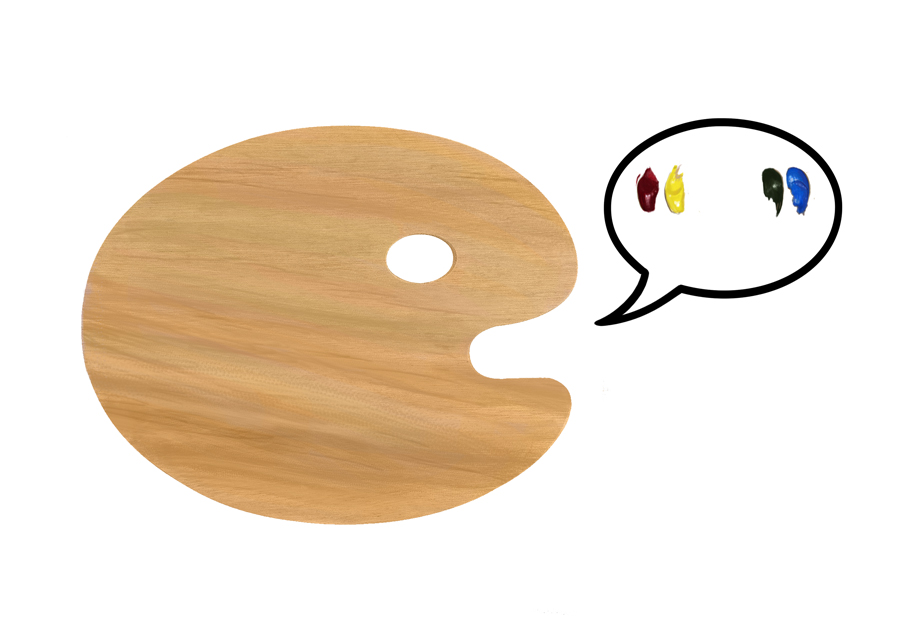
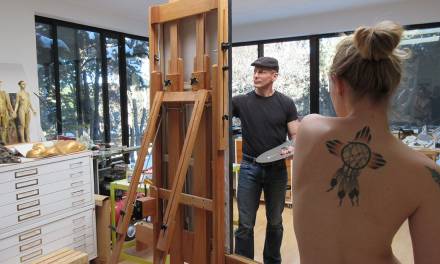
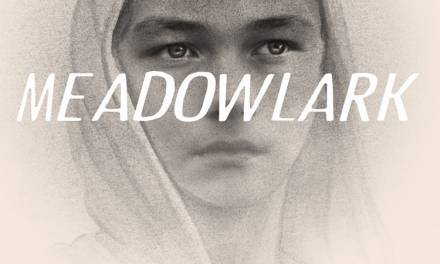
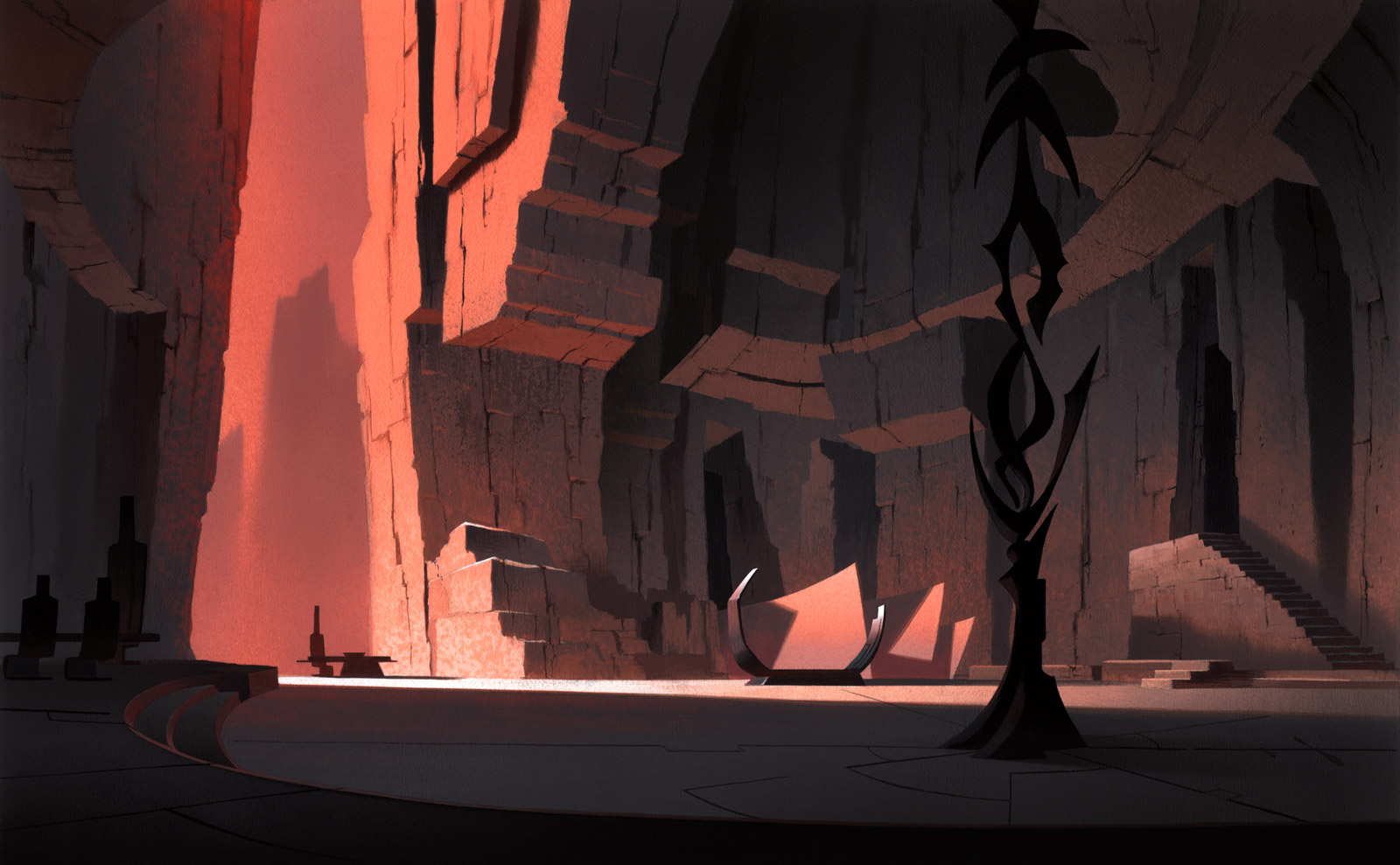
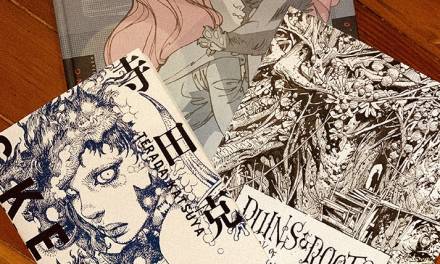

The title took me a moment… cheers for the sharing!
Thanks for the post !